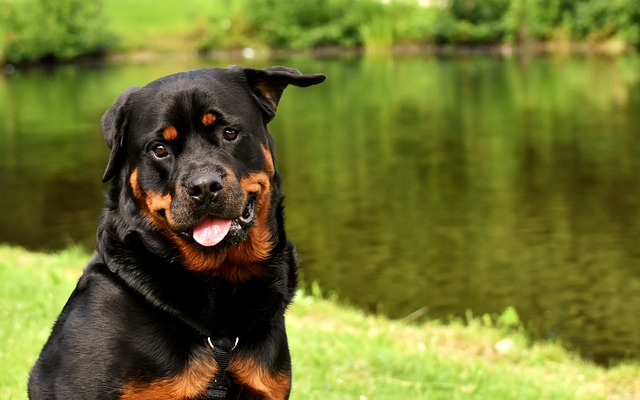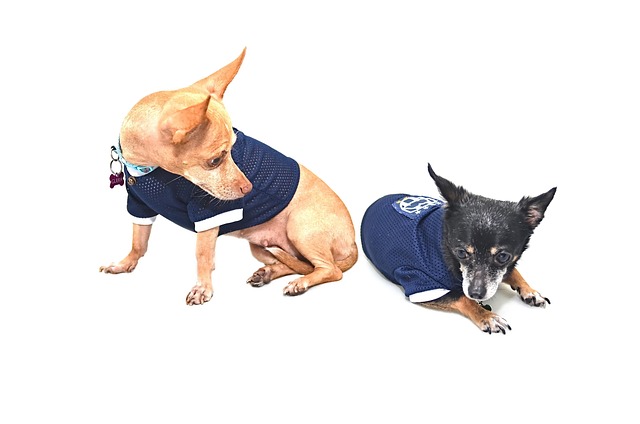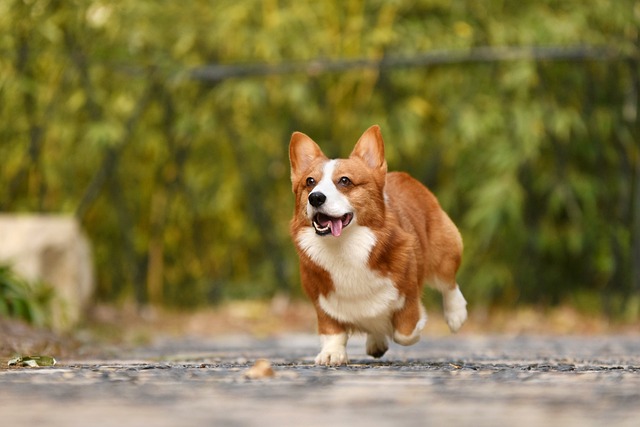Watching your pup slow down—turning up her nose at dinner, drinking more water than usual, or napping through walks—can send any new dog parent into a tailspin. When the vet mentions liver and kidney trouble, it’s easy to panic, wondering what small changes might help. For many, like my friend’s Shih Tzu, Bella, the first step is rethinking what goes in her bowl. These organs work overtime to filter waste and balance nutrients, so what you feed can either ease their load or add stress.
Your dog’s liver and kidneys are like the body’s cleanup crew. The liver breaks down toxins; the kidneys sift through blood to flush out extra minerals. When they’re struggling, their ability to handle certain nutrients drops. Too much protein, for example, creates more waste they can’t process. High levels of phosphorus or sodium? Those can build up and make them feel worse. It’s not about cutting these out entirely—just finding the right balance.
Start with protein, but go lean and limited. Think of it like portion control for a sensitive system. Many vets recommend prescription diets designed for this exact issue; they’re formulated to have just enough protein (from easy-to-digest sources like egg whites) without overdoing it. If you’re cooking at home, skip the steak scraps—opt for small amounts of boiled chicken breast or white fish instead. Avoid processed meats like bacon; they’re high in salt and additives that spell trouble.
 Phosphorus is another nutrient to watch. It’s in many dog favorites—cheese, dairy treats, even some veggies like spinach—but too much can strain failing kidneys. Stick to low-phosphorus options: cooked pumpkin (a hit in many American kitchens), green beans, or apples (no seeds, of course). And ease up on the salt shaker—extra sodium makes kidneys work harder to regulate fluid, leaving your pup bloated or thirsty.
Phosphorus is another nutrient to watch. It’s in many dog favorites—cheese, dairy treats, even some veggies like spinach—but too much can strain failing kidneys. Stick to low-phosphorus options: cooked pumpkin (a hit in many American kitchens), green beans, or apples (no seeds, of course). And ease up on the salt shaker—extra sodium makes kidneys work harder to regulate fluid, leaving your pup bloated or thirsty.
Hydration is your secret weapon. Dogs with these issues often don’t drink enough, which thickens toxins in their system. Try adding low-sodium broth to their food, or set out a pet water fountain—many dogs love lapping from moving water. If your vet OKs it, freeze small ice cubes with a splash of broth for a refreshing treat. Just avoid sugary drinks; plain water is still best.
Always loop in your vet before switching foods. In the U.S., most prescription diets require a vet’s OK, and for good reason—every dog’s condition is different. What worked for Bella might not fit your terrier’s needs. And remember, care goes beyond the bowl: gentle walks (short, slow ones) help keep their system moving, and positive reinforcement—like praise when they take a few bites—keeps stress low. Never force food; patience matters more than finishing a meal.
Caring for a dog with liver and kidney issues isn’t easy, but small, consistent steps make a difference. With the right diet, plenty of water, and regular check-ins with your vet, you’ll help your pup feel like themselves again—one happy tail wag at a time.

 Phosphorus is another nutrient to watch. It’s in many dog favorites—cheese, dairy treats, even some veggies like spinach—but too much can strain failing kidneys. Stick to low-phosphorus options: cooked pumpkin (a hit in many American kitchens), green beans, or apples (no seeds, of course). And ease up on the salt shaker—extra sodium makes kidneys work harder to regulate fluid, leaving your pup bloated or thirsty.
Phosphorus is another nutrient to watch. It’s in many dog favorites—cheese, dairy treats, even some veggies like spinach—but too much can strain failing kidneys. Stick to low-phosphorus options: cooked pumpkin (a hit in many American kitchens), green beans, or apples (no seeds, of course). And ease up on the salt shaker—extra sodium makes kidneys work harder to regulate fluid, leaving your pup bloated or thirsty.



